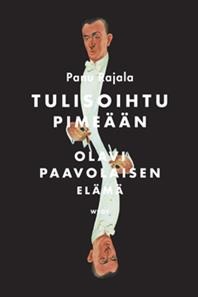Excellencies, Dear Colleagues, Ladies and Gentlemen,
I would like to thank Germany for taking the initiative to organize this very important and timely event.
The world has witnessed how calls for democracy, justice and reforms have led into a brutal civil war in Syria. The violent conflict has spilled over to the neighboring countries, led into an unbearable number of refugees, and contributed to the creation of one of the most horrendous terrorist organizations of our time, ISIL. Defeating ISIL requires extensive international cooperation and long-term, comprehensive approach that tackles the root causes. We, as the international community, have to give our full support to the UN Special Envoy, Mr Staffan de Mistura, for his efforts to push for a political solution to the conflict, together with the countries of the region.
Alleviating the humanitarian crisis continues to be another primary objective. While the situation is becoming increasingly alarming ahead of winter, the humanitarian appeals for Syria and neighboring countries are still severely underfunded. Finland, for her part, has contributed over 30 million Euros in humanitarian assistance to Syria since 2011. This year our humanitarian assistance is going to be over 11 million euros with the latest decision this month to contribute an additional 2,7 million euros through the UNRWA and the WHO and the Finnish Red Cross. We remain committed to support the humanitarian needs in Syria and in the region also in the future. Syria is a high priority for us.
As the conflict continues, it is essential to continue to support the refugees and the host countries. I would like to express Finland’s appreciation and deep gratitude to the host countries for their hospitality and generosity in providing protection for the Syrian refugees. The international community must do its part in support of the host countries. The majority of Finnish development aid to the Syrian conflict has been channeled to support Lebanon, Jordan and Iraq. Our aid has increased annually and this year our contribution is 12 million euros (compared to 3 million in 2013). At this point, I can announce that we have decided to support the Syrian refugees in Turkey with a new 2,5 million euros contribution to UNICEF.
Finland has been a contributing partner to the UNICEF’s regional No Lost Generation –strategy in Lebanon for the benefit of the Syrian refugees, children and youth. Education gives the children and youth, who are suffering from the conflict, continuity, structure as well as a vision for a better future. Ensuring equal access is essential to the protection of children, especially for girls and those marginalized due to reasons such as disability. I truly believe that it is of utmost importance that, indeed, no generation, no child, will be lost.
Lately, we have been extremely concerned of the reports of increased gender based discrimination, harassment and violence in Syria and among the refugees. We cannot stress enough the importance of gender equality and empowerment of women. Women’s full participation in politics and in the matters of peace and security is a priority in efforts to build a truly inclusive and functioning society. In this regard, Finland has supported UN Women’s projects in the region, in Iraq and Jordan, in order to increase women’s participation and the economic empowerment of refugee women.
Ladies and gentlemen, the action by the international community is decisive in instilling the Syrian people and especially the children and youth a sense of hope for a brighter future.
Thank you for your attention.

